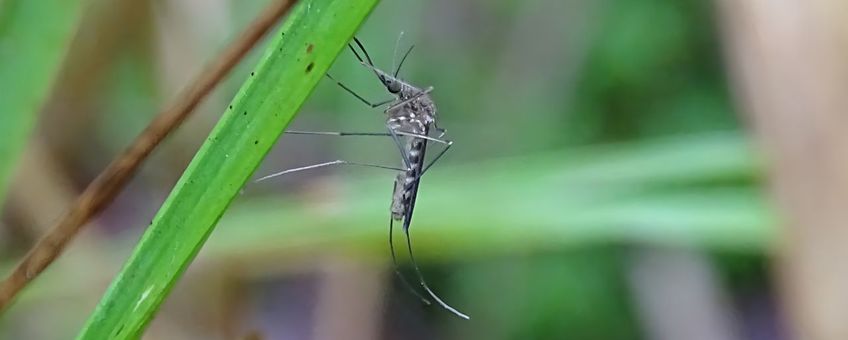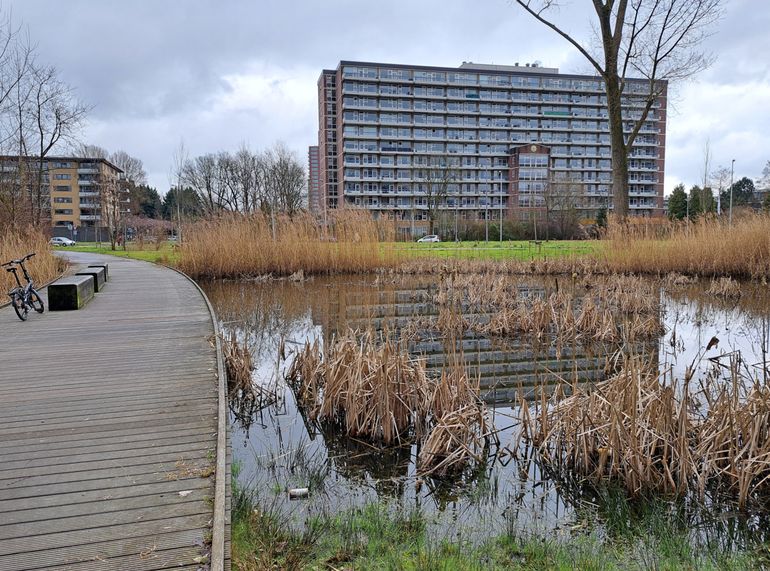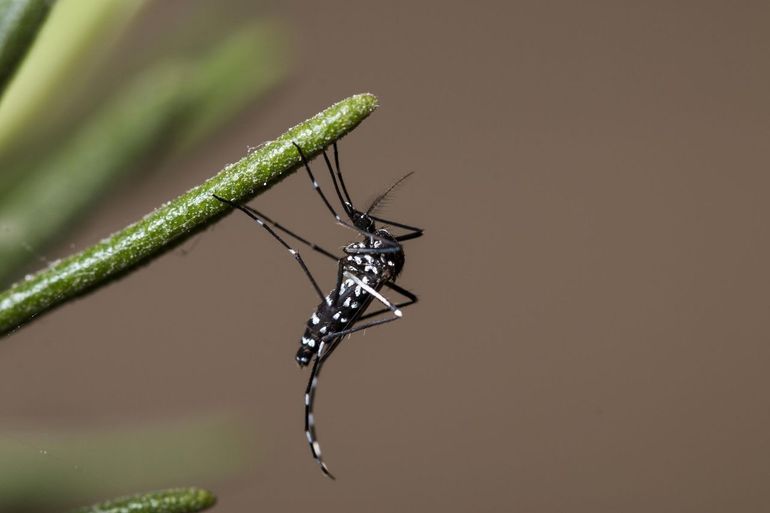
Wide variety of mosquitoes found in Rotterdam
Naturalis Biodiversity CenterUntil now, an overview with data about mosquitoes in Rotterdam didn't exist. That is surprising because Rotterdam is located on the river Maas and lies partly under sea level, which means it is a ‘wet city’ that provides many breeding places for mosquitoes. Furthermore, large cities such as Rotterdam often have a rich biodiversity, sometimes even greater than in the surrounding countryside. Yet despite this, the diversity of bloodsucking insects has received little attention so far.
Two researchers from Leiden and Rotterdam hope to change that by providing answers to various questions about Rotterdam’s mosquito population. Which studies have been carried out in the past? Which mosquitoes can be found within the city’s boundaries? And can patterns be discovered in the distributions of these mosquitoes in the city?

Rotterdam: city of water and mosquitoes
The researchers discovered that over the past 90 years, a total of 16 Dutch mosquito species have been observed in Rotterdam. This means that almost half of all Dutch mosquito species are found in the city. The researchers reported their findings in Straatgras, the magazine of the Natural History Museum Rotterdam.
“Interestingly, not all mosquito species cause problems,” says Naturalis researcher Jordy van der Beek. “Because only a limited number of species actually enter houses. These mosquitoes mainly breed in urban gardens, where they develop in small water reservoirs such as rain barrels, flowerpots and gutters”, he explains. Besides mosquitoes in urban gardens, the researchers have identified three other communities of mosquitoes in Rotterdam, namely mosquitoes that live in ponds and ditches, temporarily flooded areas, and those linked to the river that occasionally burst its banks. Here, species are found that cause fewer or only localized problems.
A changing world
“This overview of the mosquitoes in Rotterdam is a good starting point for further research”, states Van der Beek. “That is because, from now on, it will be possible to measure changes in the distribution and occurrence of different mosquito species.” The researchers expect that the changing climate, rising water levels and human modifications to Rotterdam will increase the quantity and diversity of breeding places for mosquitoes in the city.
Furthermore, invasive exotic mosquitoes, such as the Asian tiger mosquito, will probably become permanent residents of Rotterdam in the future. So far, the permanent establishment of these mosquitoes in the city has been stopped by preventative measures taken by land managers and the Netherlands Food and Consumer Product Safety Authority, who intervened at locations where exotic mosquitoes were found in previous years.
“In Rotterdam, mosquitoes are now mainly experienced as annoying, but they do not currently form a major health risk”, says Van der Beek. It is nevertheless important to keep a close eye on them. “Therefore, we are currently carrying out various research projects in Rotterdam with other parties so that we can closely monitor any changes.”

Help to map mosquitoes
Despite all the research done in Rotterdam over the past 90 years, species could still be missing from the current overview. Additional research is therefore needed. Residents of Rotterdam or visitors to the city can help with this research by reporting sightings of mosquitoes. This will enable the researchers to improve the accuracy of the list of mosquitoes in Rotterdam.
Would you like to help? Make clear photos of a mosquito if you find one, including the side view of the mosquito, and share these via Waarneming.nl. Via the website Muggenradar.nl, you can also report how much or little mosquito nuisance you experience.
Van der Beek: “In this way, everybody can contribute to further research, and we will also gain a better understanding of these city residents that often go unnoticed.”
More information
- For more information about the research, please see the article Een eerste overzicht van de steekmuggen van Rotterdam (pdf: 1,4 MB, 'An initial overview of mosquitoes in Rotterdam') by Jordy van der Beek and Maarten Schrama that was published in December in Straatgras, the magazine of the Natural History Museum Rotterdam.
- Would you like to know more about the research projects on mosquitoes and the diseases they transmit in the Dutch Delta? Take a look at the project pages of the Frontrunner project of the Pandemic & Disaster Preparedness Center and the IDalert project.
Text and photos: Jordy van der Beek, Naturalis Biodiversity Center and Pandemic & Disaster Preparedness Center
